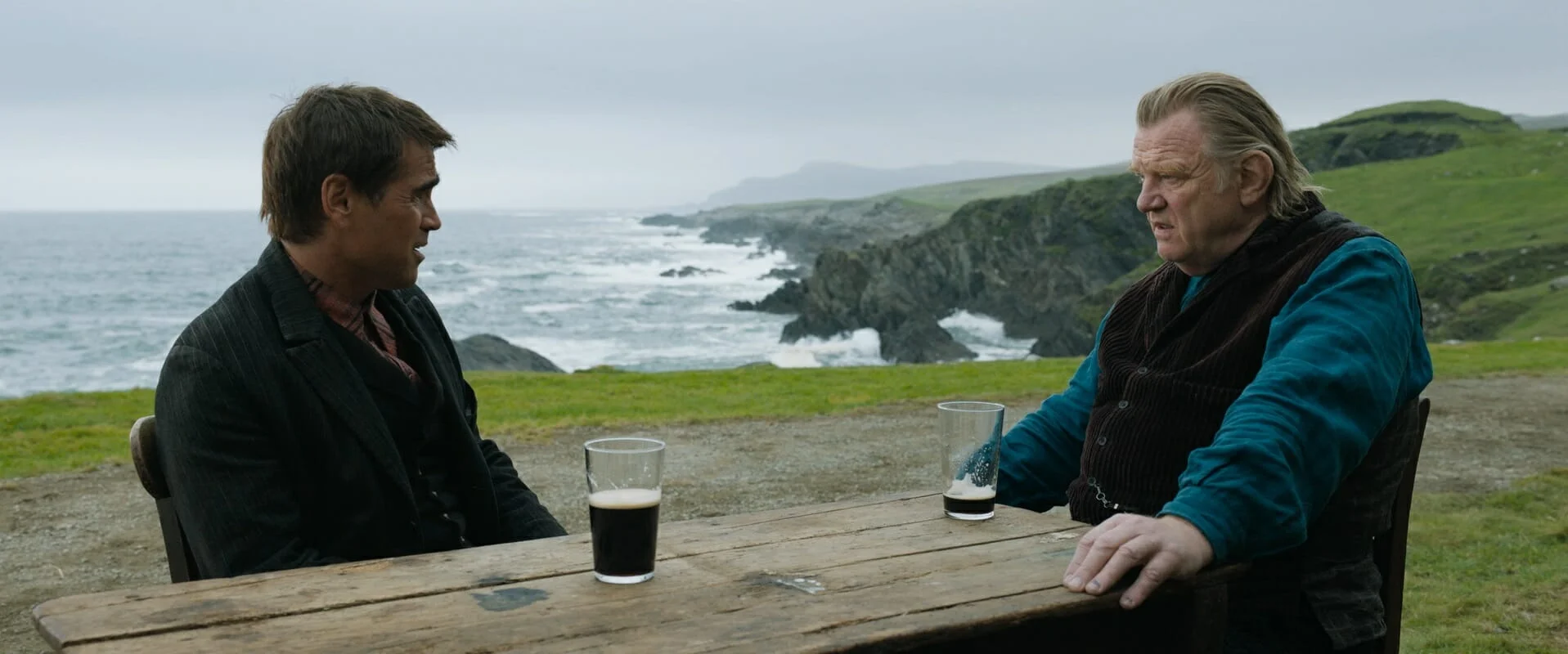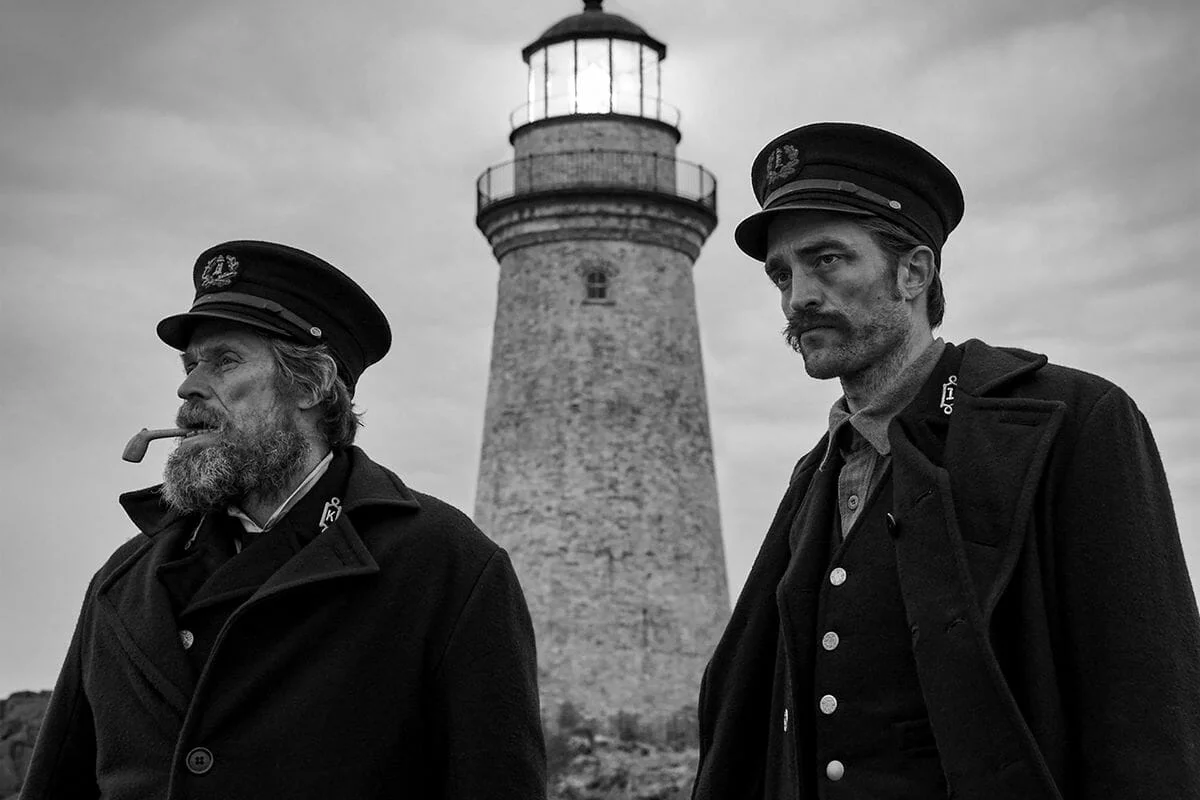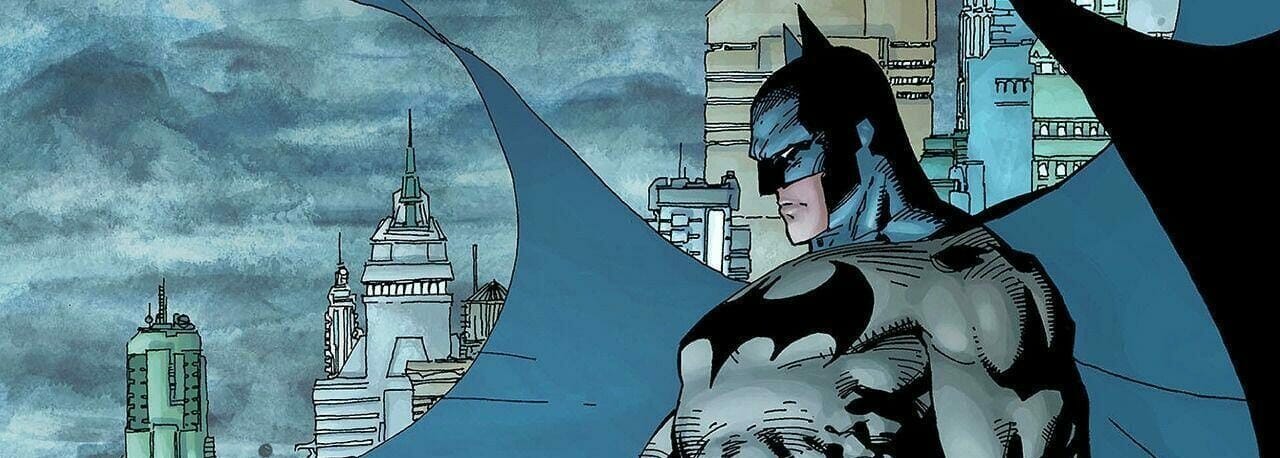
Batman and Superman. Hulk and The Thing. Spider-Man and the Human Torch. To team-up basically means to work together, but as soon as one hears the word nowadays, people will probably think about superheroes cooperating. More specifically, in comics, a team-up happens when two or more superheroes, who usually work as individuals, decide to work together. The first team-up between superheroes dates back to 1940 when MLJ Comics’ the Shield and The Wizard met in the Top Notch Comics series.
- Forethought vs. Paranoia
- The “first” of Batman’s team-ups
- What does friendship mean
- Love interests
- Batman’s team-ups with Villains
- The world of crossovers
- More and more team-ups
A team-up can happen between characters of the same publishing house (like Batman and Superman, both property of DC Comics) or even between characters of different publishing houses (like Batman and Spawn, where the latter belongs to Image Comics): in these cases, we technically speak of crossovers. Among others, Batman certainly has a long list of diverse and often unusual team-ups (even one with Sherlock Holmes and one with Scooby Doo). However, despite his rigid and most of the time unfriendly attitude, sometimes a team-up is the best way to show Batman’s true colors and to explore his psychology and values.
Forethought vs. Paranoia
When readers think of Batman, they imagine him wandering alone around Gotham looking for criminals. But Batman doesn’t work exclusively alone. He is part of the famous Justice League, the group originally composed of Superman, Wonder Woman, Flash, Green Lantern, Aquaman and Martian Manhunter. From the outset, it emerges that Batman is not simply the misanthropic hermit, but that, if he wants, he succeeds and can work in a group. And usually, he is the strategist of the team.
Forethought is one of the main elements of Batman’s characterization, considering his meticulousness and tendency to always have a plan ready. Sometimes, however, forethought turns into paranoia, which can get him carried away. And this is where another fundamental element comes in. Forged by past experiences, especially by the death of his loved ones, friends or colleagues, Batman’s forethought has gradually transformed into an irrational paranoia that risks proving counterproductive.

These characteristics are well displayed in the comic Justice League: Tower of Babel, written by Mark Waid and illustrated by Howard Porter. Here, Batman reflects on the fact that the other members of the Justice League, thanks to their superpowers, could even destroy the Earth if they wanted. He therefore develops a plan – just as a precaution – to defeat them if it proves necessary. Ra’s Al Ghul, however, one of Batman’s enemies, takes possession of this information, and he begins to destroy all the members of the Justice League one after the other, leaving Batman alone in trying to find a solution.
Tower of Babel therefore shows a positive side of Batman, the commitment to remedy his mistake and his foresight, but also that he can make mistakes when fear and irrationality guide him.
The “first” of Batman’s team-ups
Year One, written by Frank Miller and illustrated by David Mazzucchelli, tells the story of Bruce Wayne’s decision to become Batman. Finding himself fighting against Gotham‘s crime, Batman is still inexperienced in many contexts, although he possesses great investigative skills and has just returned to the city after twelve years spent training abroad.
The comic book shows the first rise of Batman through his cooperation with Commissioner James Gordon against the mafia. The one between Batman and Gordon, in Year One, is not a team-up per se, as Gordon is one of the main characters of Batman’s stories and, at least usually, he doesn’t stand as the protagonist of a comics magazine of his own. However, their collaboration is for sure the first kind of help Batman has ever looked for when he decided to fight the crime of Gotham.
Throughout the story, the two get to know each other and understand that, beneath their scars and differences, they share the same goal: making Gotham a safer place. Gordon is a disillusioned man because of the unorthodox and corrupt methods of the Gotham police. What strikes him is Batman’s determination, a fil rouge of his character development, in this case more important than ever as the young hero is inexperienced and prone to failure.
Batman, on the other hand, despite his tendency to work alone, quickly understands he cannot win or even fight this battle by himself: as soon as he understands he can trust Gordon, he also realizes he can be a crucial ally.
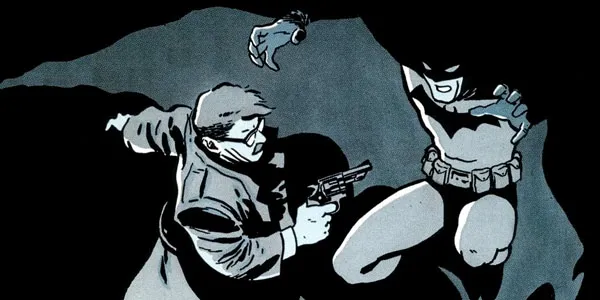
What does friendship mean
If someone needs to name a superhero with whom Batman interacted the most during his editorial life, they should certainly talk about Superman, the Man of Steel.
Their differences and similarities, however, emerge for example in the miniseries World’s Finest by Karl Kesel, which ran from 1999 to 2000. Here, Batman and Superman meet once a year to comment on a specific tragic event, thus emphasizing their opinions, various visions of society and the evolution of their relationship.
Their differences are highlighted above all in another series, Superman/Batman, created by Jeph Loeb and Ed McGuiness, and published from 2003 to 2011. In this series, with the double narrator technique, the two protagonists narrate the same events, each according to their own point of view. The first narrative arc of the series, Public Enemies, is one of the most renowned team-ups between the two characters ever, in which the new president of the United States, none other than Lex Luthor, places a bounty on the heads of the two superheroes, who therefore find themselves having to escape not only criminals but also other members of the so-called justice system.
It is precisely their different vision of the world that makes their interactions full of food for thought for readers, starting from their different idea of being a superhero. Superman intends to inspire others with his behavior, trying to stop crime using as little violence as possible, while Batman, with his dedication to fighting crime, certainly does not preclude the use of violence, although without ever killing anyone. Yet, they continue to collaborate and to show that even in their differences they can find commonalities and, above all, a deep sense of affection and friendship.
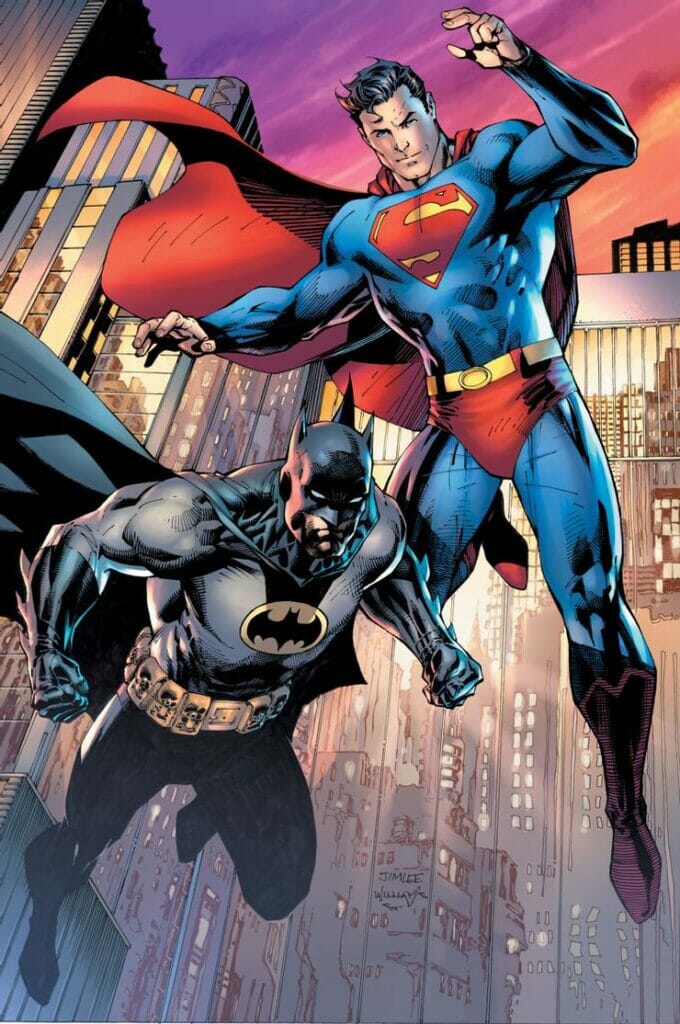
Theirs has always been a dynamic of ups and downs. Since 1946 the two have collaborated, albeit occasionally, as members of the Justice Society of America. Their characters were immediately as friends, or, if not friends, at least good collaborators who had little reason to step on each other’s toes. In the case in which the two instead fought (for the first time in 1960) it was because of something external, such as magic or mind control.
It’s only in 1986 that The Dark Knight Returns by Frank Miller not only contributed to changing the history of superhero comics, but also redefined the relational dynamics between Batman and Superman. Finally, the two fight, but for well-considered, personal reasons, reflecting two opposing factions of society. Here they are real enemies.
Their relationship then evolved further, and now they can consider themselves two superheroes who perhaps don’t exactly define themselves as “friends” (Superman would do it, perhaps Batman less so), but who certainly have a deep respect for each other. Superman has even designated Batman as his executioner, in case the situation required it.
It is therefore natural to imagine that the stories surrounding this dynamic duo are almost incalculable, both as enemies and, above all, when they decide to team up together.
Love interests
Given his decades-long career, Batman has now had a large number of relationships, but none captured the dark vigilante as much as Selina Kyle, also known as Catwoman.
Their relationship has undergone countless turns. They met as enemies and their attraction overrode the fact that they didn’t even know each other’s true identities. The moments in which Batman and Catwoman found themselves against each other are multiple, but just as many are those in which they also found themselves collaborating. In the Batman/Catwoman series, in 2018, there was even their wedding, so theirs could be the tightest team-up there is.

But speaking of what individually makes Batman who he is, aside from his ability to love, there is more that can come out in certain stories where he is with Selina. An example is in the comic Hush. Written by Jeph Loeb (who has also worked on Catwoman, for example in When in Rome), it narrates some crimes in Gotham that involve many of Batman’s villains, but whose actions seem to be manipulated by the same unknown mind. Batman and Selina find themselves having to work together on the mystery somewhat by chance, but, necessarily having to deal with each other, their relationship is also in the spotlight.
In Hush, Batman decides to commit himself seriously to his relationship with Selina, so much so that he reveals his secret identity to her for the first time. Before this moment, romantic encounters were between Batman and Catwoman, not Bruce Wayne and Selina Kyle.
Batman’s team-ups with Villains
During his publishing career Batman had to work even with the most famous villains of his universe, from Ra’s Al Ghul to Mister Freeze. However, the most peculiar team-up is for sure the one with the Joker. Batman and the Joker are the opposite: logic and rationality against madness and chaos. On the other hand, however, Batman also hides himself a certain amount of madness. The theme has been examined several times by comparing the two, especially in stories like The Killing Joke and Arkham Asylum, but it is certainly predominant when the two find themselves on the same side of the fence.
An example is Batman & Joker: the Deadly Duo, created by Mark Silvestri, in which Commissioner Gordon and Harley Queen are kidnapped: both Batman and the Joker have something to lose.
It is the Joker who contacts Batman, because he actually seems to have more affinity with the superhero than with other “colleagues”, but at the same time it’s because the Joker knows, in one way or another, he can manipulate him. The comic book shows then the ambiguity of their relationship, and how they continue to be complementary and at the same time opposite in every situation, with Silvestri even going so far as to say that in some twisted way the Joker even considers Batman a friend, someone to fight for.
Batman, on his journey with the Joker to solve the mystery, finds himself pitted against the Joker once again. He understands even better what their similarities are, almost going so far as to cross that line of demarcation which would make him not similar, but equal to the other, going against his own moral code. Batman does not indulge in madness, he knows the distinction between right and wrong, even when filled with anger, so much so that he goes so far as to save the Joker in his moment of need. As the villain himself says, neither of them can live without the other.
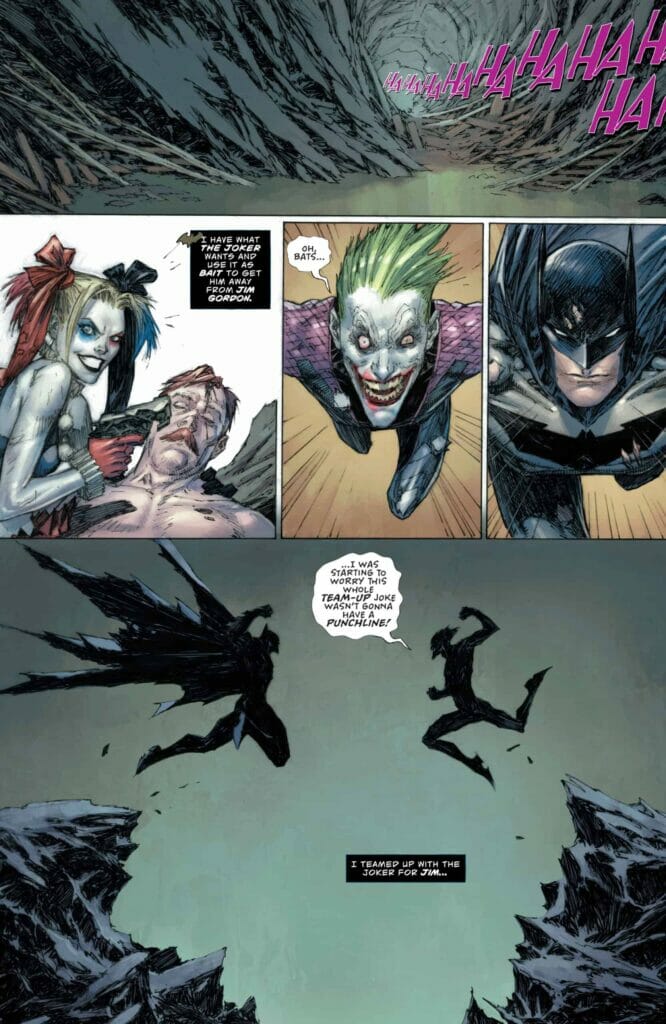
The world of crossovers
Sometimes characters travel across universes, finding themselves in front of people from other comic houses. In this case, we’re talking about crossovers.
Batman’s one of the characters who has lent himself most to similar experiments. On a comics level, in collaboration with Marvel Comics, Batman has teamed up with Daredevil, the Punisher, Captain America and Bucky Barnes. Or, in a crossover with Image Comics, he fought alongside Spawn, in a very successful team-up written by Frank Miller and illustrated by Todd McFarlane. Without forgetting, however, when, through Dark Horse Comics, Batman found himself first against Predator and then collaborating with Hellboy.
Batman has also teamed up with a character who seems to have nothing to do with him: Spider-Man. The two fight together in Disordered Minds and New Age Dawning, both created by J.M. DeMatteis. Batman and Spider-Man interact to defeat their respective villains, Joker and Carnage, who forged an alliance. Through their exchanges it is possible to notice their obvious differences, but also what they have in common, such as a traumatic past (the death of his parents for Batman and the death of his uncle Ben for Spider-Man) and, above all, their no-killing rule.
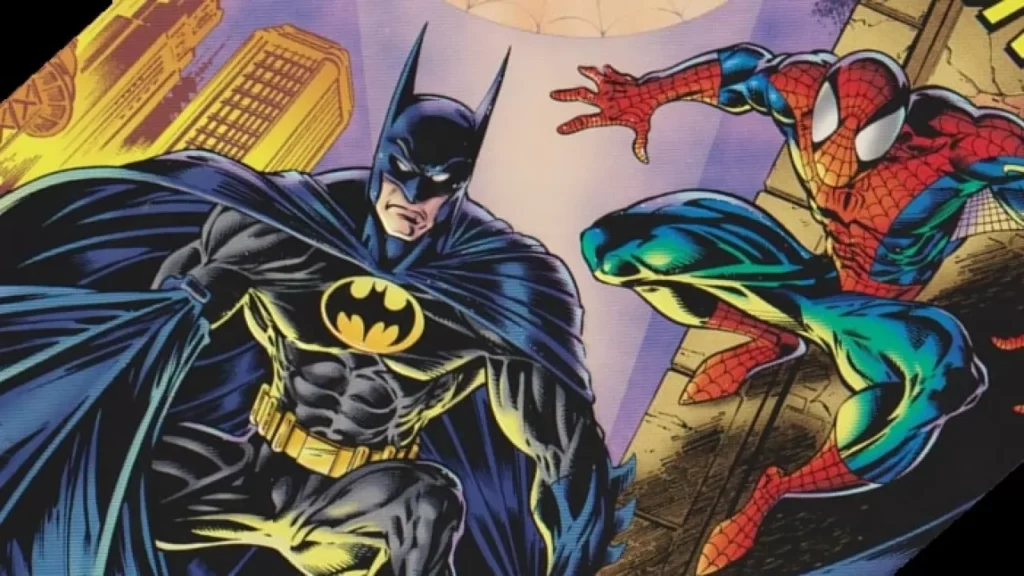
A small gem is the crossover between Batman and The Shadow. The latter’s a detective who actually began as a narrator of radio stories, Detective Stories, in 1930. Created by Walter B. Gibson, his aura of mystery made him an iconic character, later transposed into other media, including novels and comics. The Shadow has often been cited as a source of inspiration for the creation of the Batman character himself, so seeing the two interact to solve crimes, not thanks to violence but to their enormous detective skills, is a commemorative journey into origins.
More and more team-ups
There are actually countless Batman team-up stories. Just considering the DC series The Brave and the Bold, published between 1955 and 1983, it’s mostly made up of team-ups involving the Gotham superhero.
There will always be team-ups, due to the attraction they can have for readers, since they put their heroes in situations which would hardly arise if they worked alone. Team-ups serve precisely this: to make life more difficult for the characters, who are no longer the only protagonists of their world but must often work with completely different heroes. This brings out their intrinsic qualities, perhaps showing them in a different light than usual.
Team-ups and crossovers are therefore that little out-of-context leap into the dark, and out of the comfort zone, that make everybody understand that even superheroes are still human beings: the best qualities can only come out by being confronted by others.






